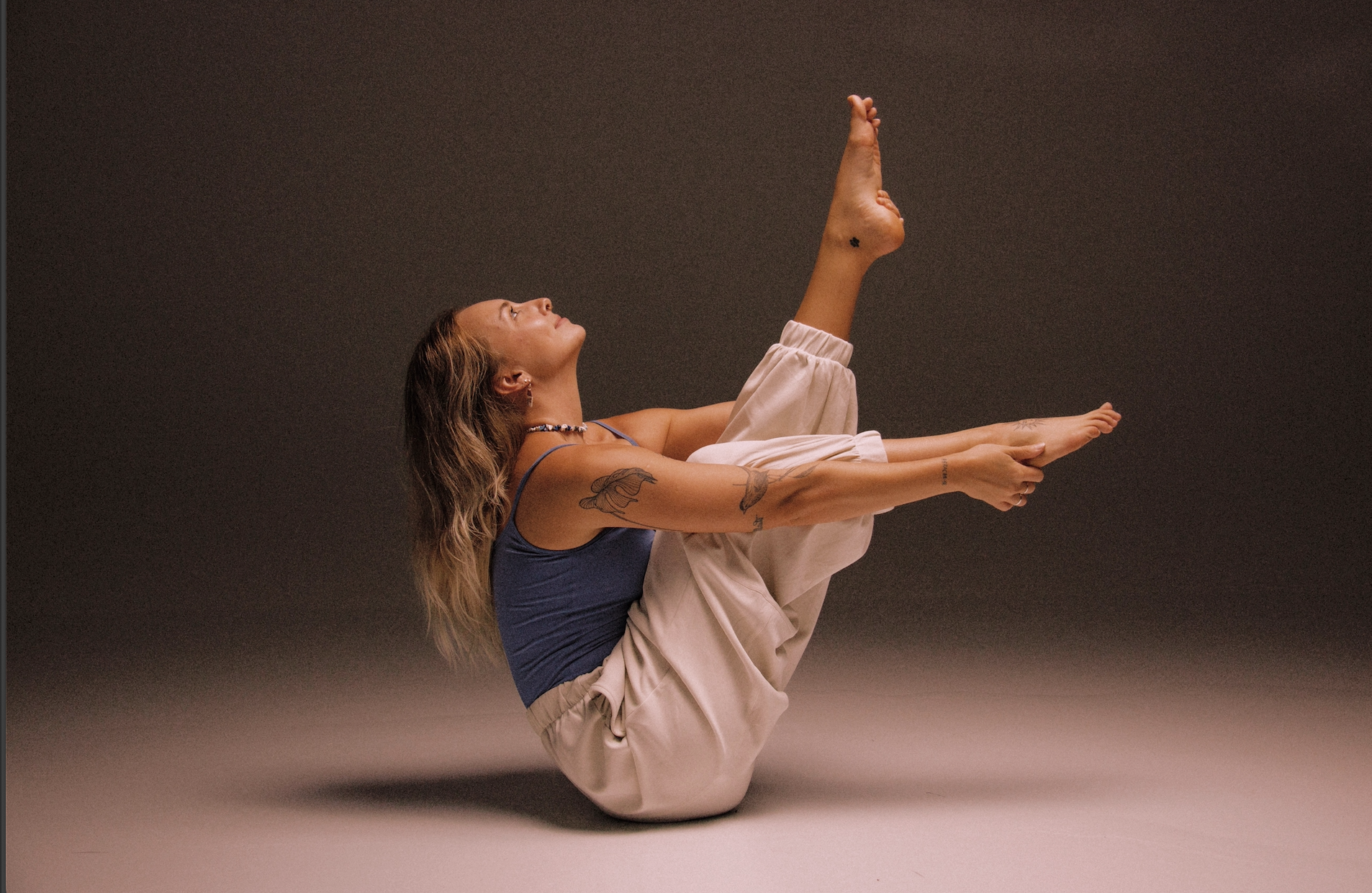
Terms & Conditions
This privacy policy describes how our company collects, uses, and protects the information you provide when subscribing to our newsletter.
Information Collection
When subscribing to our newsletter, we collect your name and email address. This information will be used exclusively to send the newsletter and will not be shared with third parties.
Information Use
We use your name and email address only to send the newsletter. Occasionally, we may send other information about our products and services that we believe may be relevant to you.
Information Protection
We take the security of your information very seriously and take appropriate measures to protect it. Your data is stored in a secure environment and protected against unauthorized access, use, or disclosure.
Unsubscribing
You may unsubscribe from the newsletter at any time by clicking the "Unsubscribe" link in the footer of each email sent.
Updates to the Privacy Policy
We may update this privacy policy periodically. Any changes will be posted on this page.
Contact Us
If you have any questions or concerns about our privacy policy or the handling of your personal information, please contact us through the channels provided on our website.






